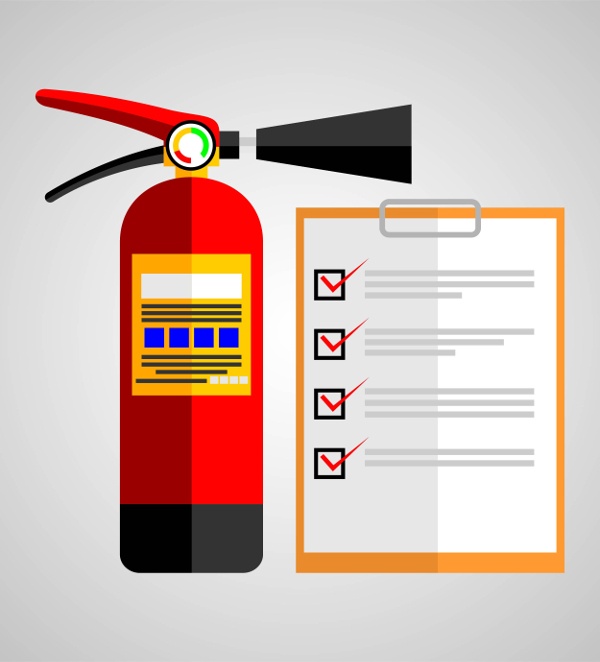 Planning ahead ensures that you’re as prepared as possible for an emergency.
Planning ahead ensures that you’re as prepared as possible for an emergency.
Just like an emergency kit, having a fire escape plan is an essential part of home safety. If a fire breaks out you may have only a few minutes to safely escape, so having a plan in place for your family is critical.
To create a solid fire escape plan for your family, be sure to follow these tips:
1. Be certain your home has enough smoke detectors
Did you know that forty percent of deaths from fires occur in homes without functioning smoke alarms? The National Fire Protection Association recommends installing smoke alarms in every bedroom as well as “outside each sleeping area and on every level of the home.” It’s critical to have a smoke detector in the kitchen as well, since the number-one cause of home fires is cooking.
Always use interconnected alarms, so that when one alarm sounds, they all go off. (Children may not always wake up at the sound of a smoke alarm, so designate someone in the family to wake them in the event of a fire.) Test all smoke detectors at least once a month, and replace any alarms that are over 10 years old.
2. Plan as a family
Together, walk through your home and examine all potential escape routes. Draw a floor plan of the home and mark all of the exits. Better yet, try to find at least two ways out of each room if possible, including doors and windows. Also, if your home has two stories, store escape ladders in easily-accessible locations (e.g. in or near windows) to provide escape routes from those second-floor rooms.
3. Designate an outdoor meeting place a safe distance from your home
Agree on a place the family should meet after they have escaped. It may be a road sign, a neighbor’s house, by a mailbox, etc. Be sure to include the location in your written plan. And remember, once you’ve made it out of your home, stay out! Never re-enter a burning building. If someone is missing, let the fire department know.
4. Practice your fire escape plan at least twice a year
Make the drill as realistic as you can. As part of your drill, practice setting up your escape ladders, so that you can do it quickly in a real emergency. (Children should only practice this from a first-floor window with adult supervision.)




















